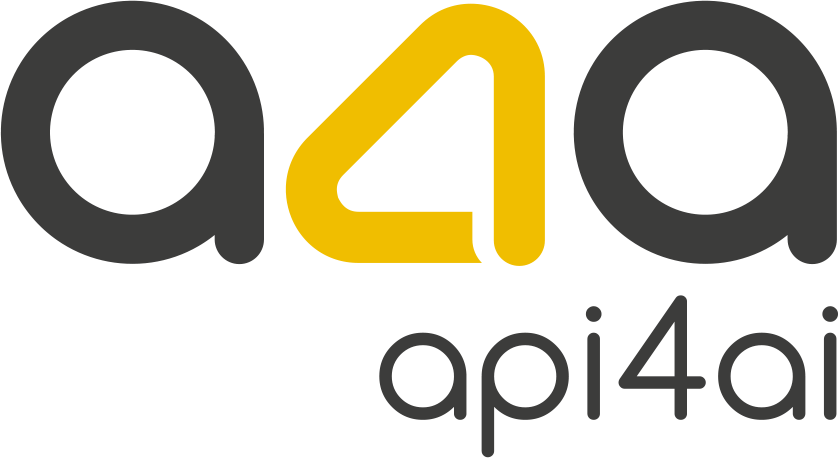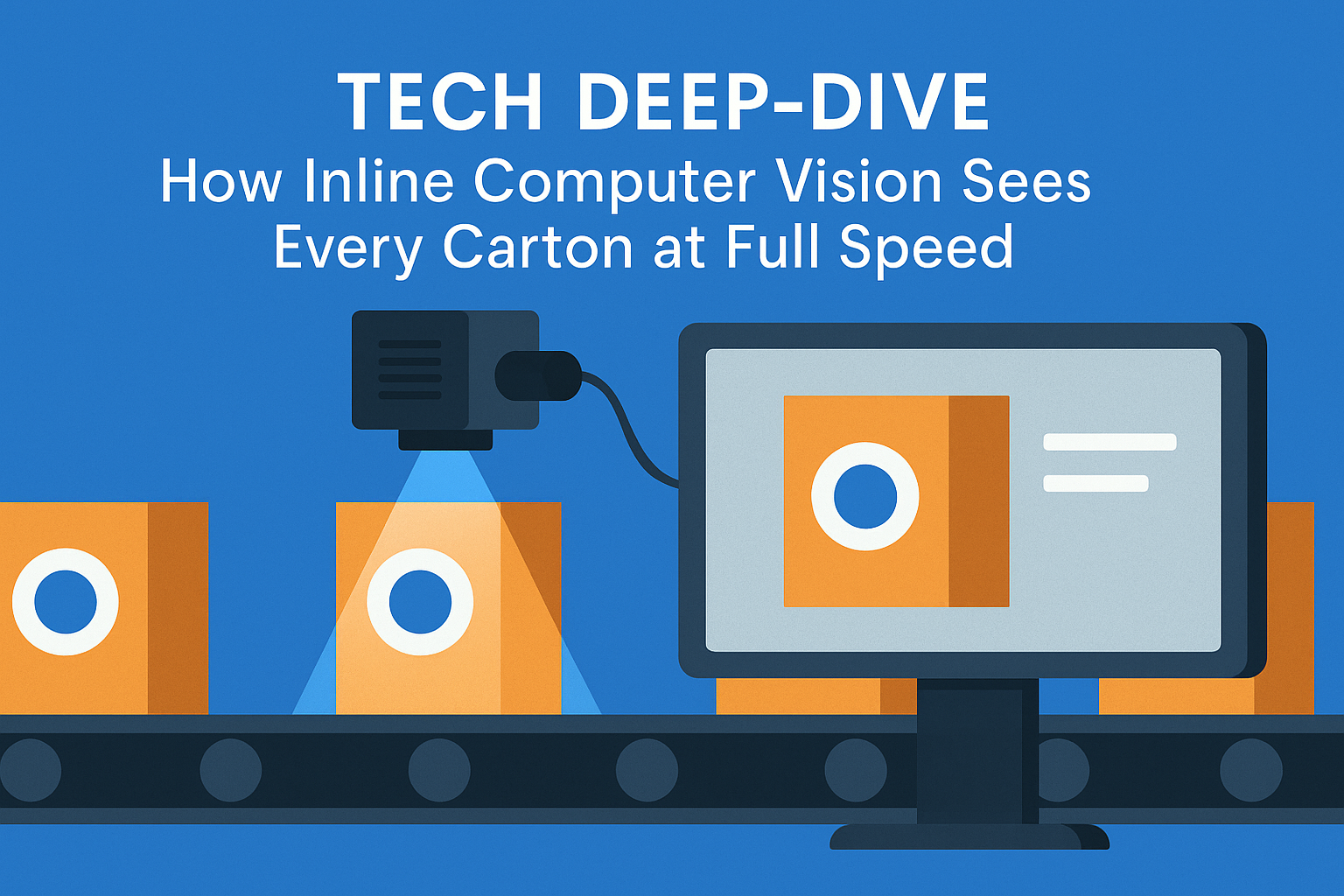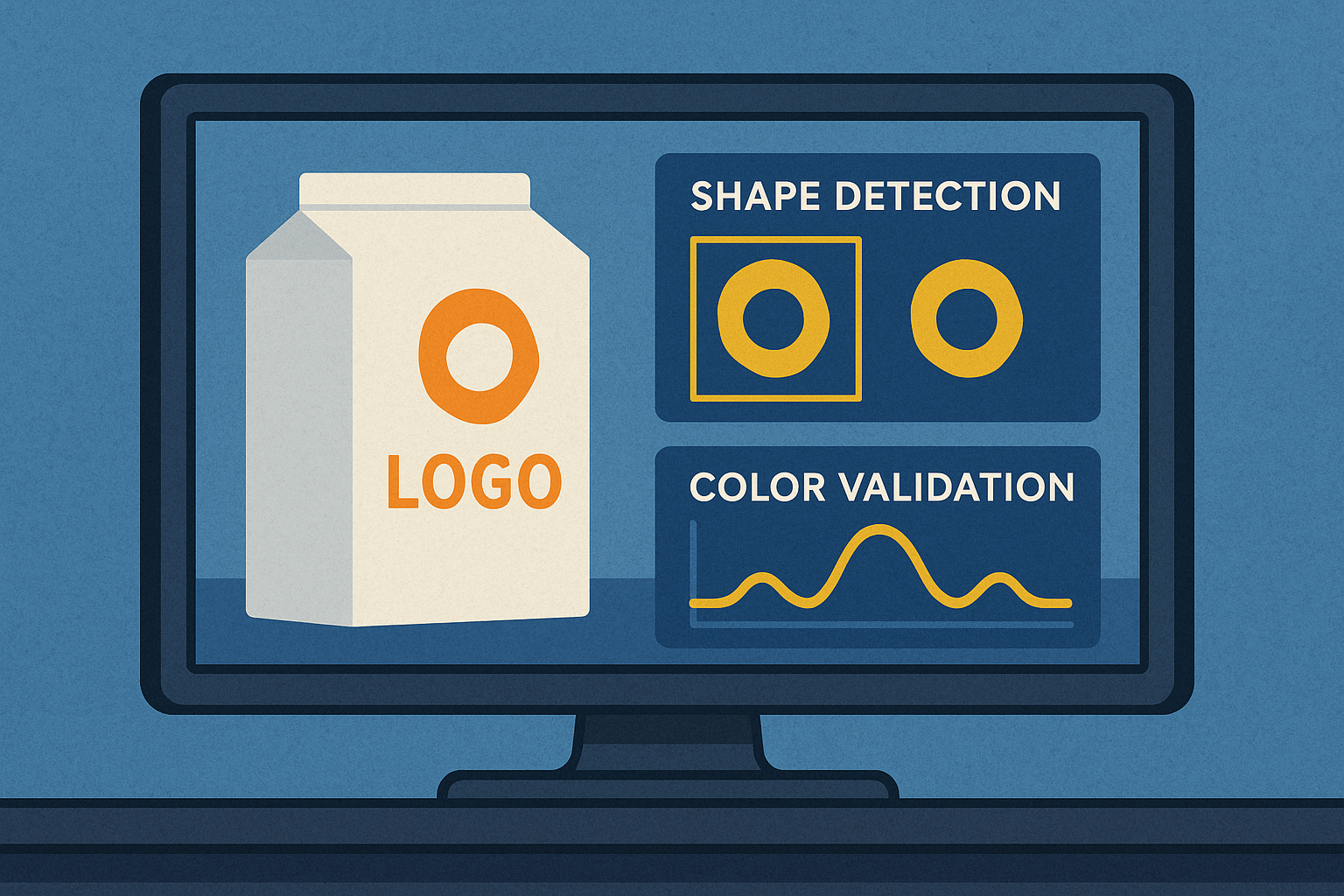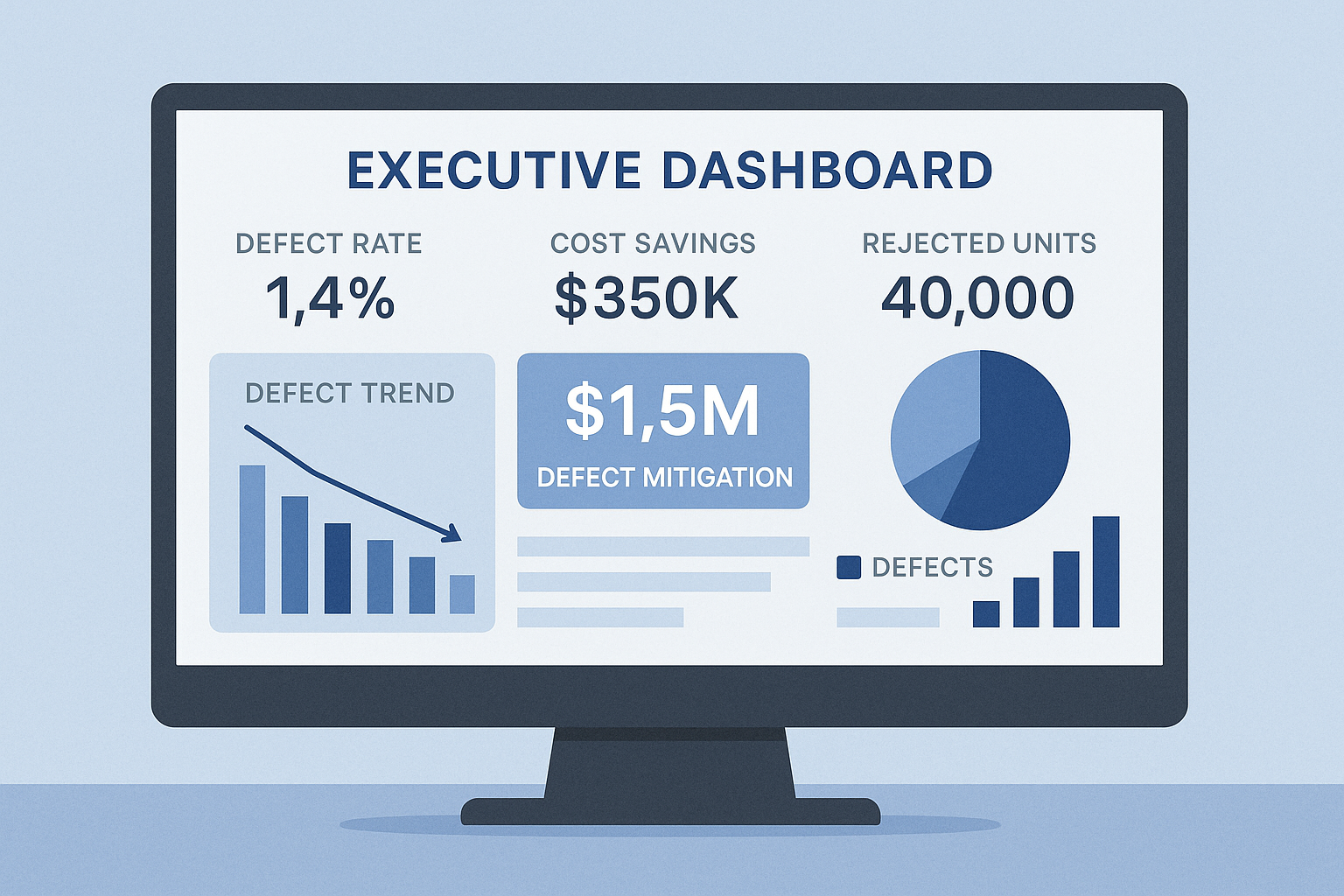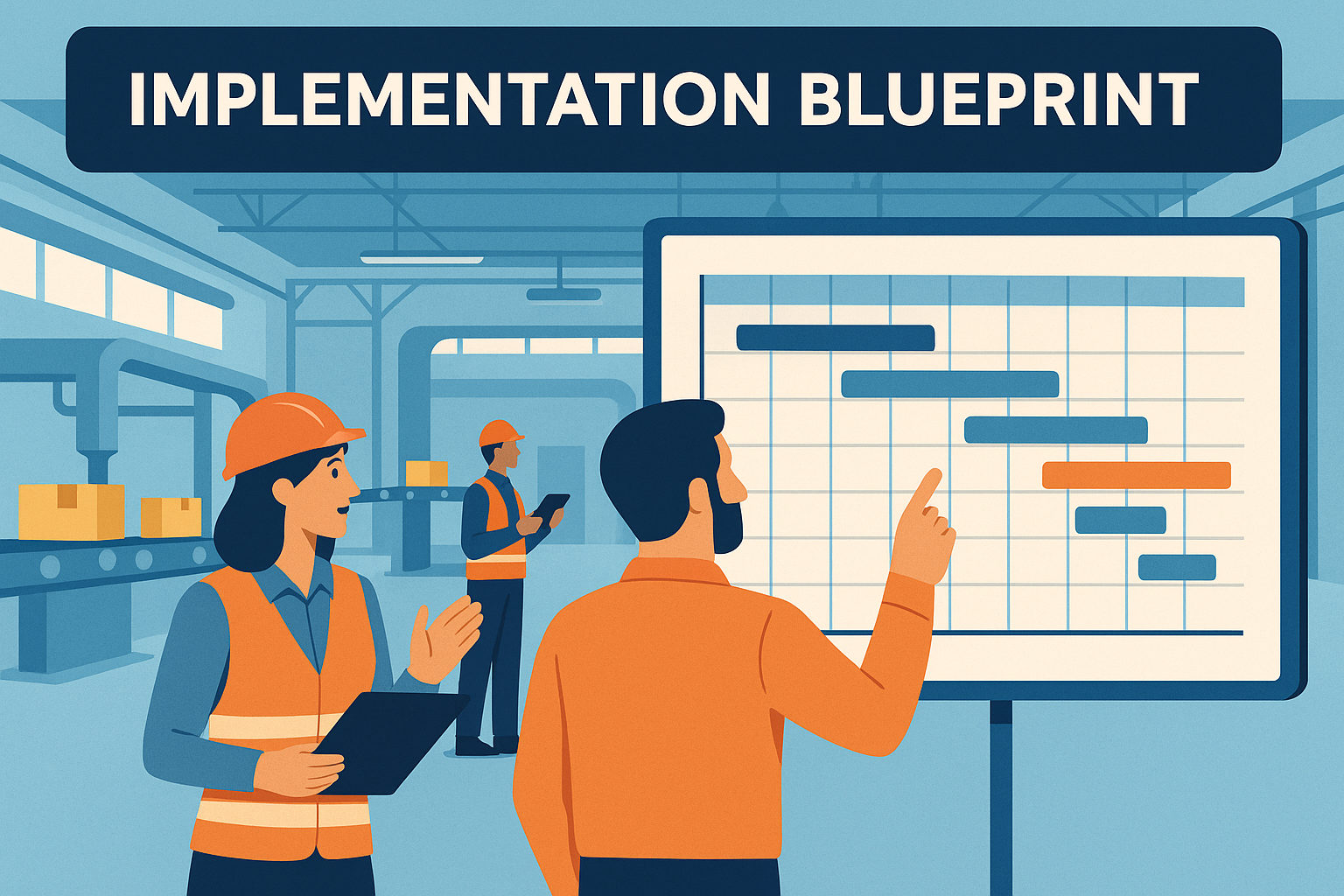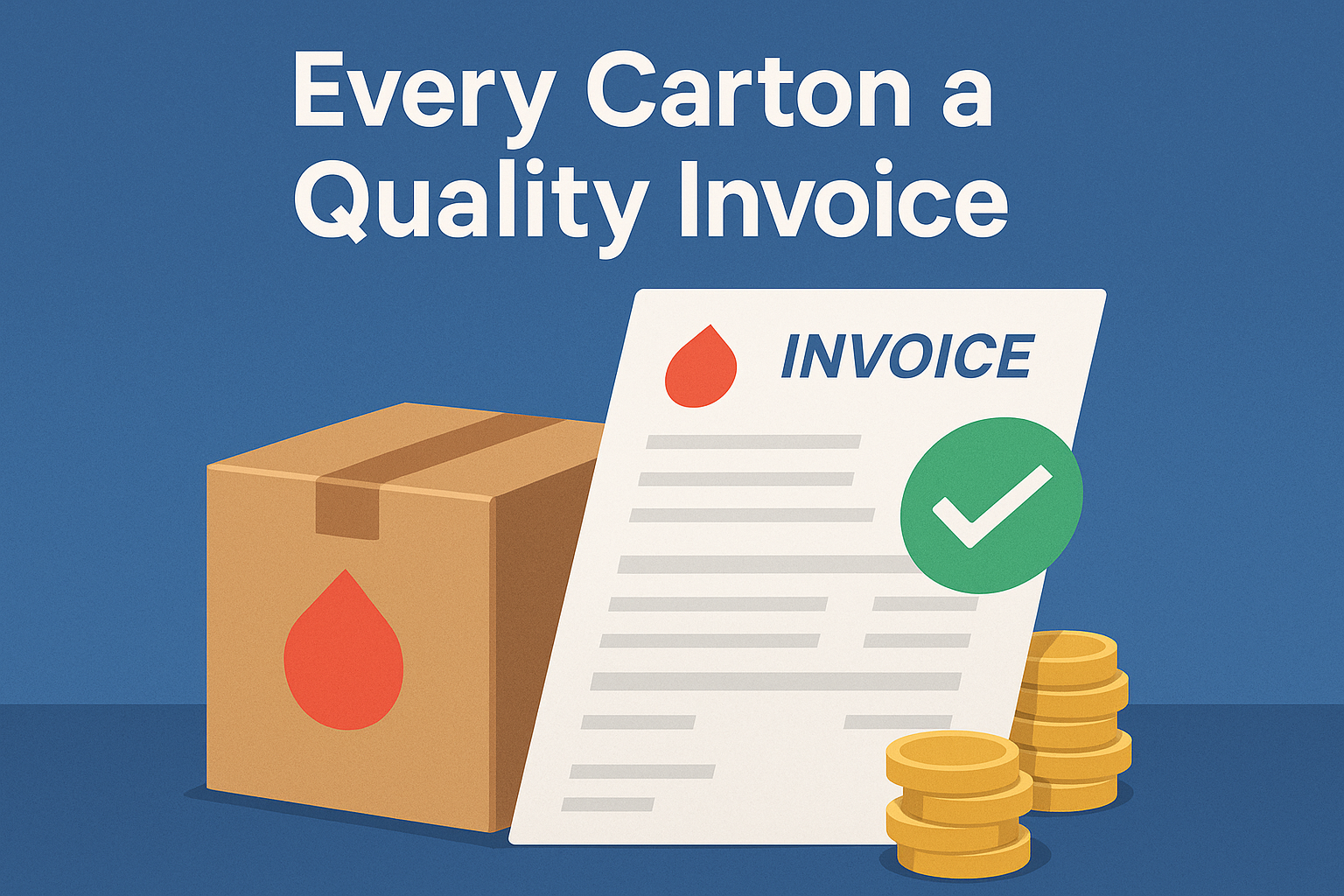Packaging QA: Verifying Logo Color & Placement Inline
Introduction — Why Logo Accuracy Is a C-Suite KPI
In today’s hyper-competitive consumer goods landscape, brand integrity is no longer just a marketing concern — it’s a board-level priority. One misaligned or discolored logo on a product package doesn’t merely signal a minor printing error. It risks diluting years of brand investment, triggering costly recalls, damaging retailer relationships, and compromising consumer trust. In a world where every unit shipped is a brand touchpoint, logo precision is business-critical.
Packaging quality assurance (QA), traditionally handled through periodic manual inspections or post-production audits, is undergoing a transformation. Leading manufacturers are now deploying real-time, computer vision–driven QA systems directly on the packaging line. These systems compare each printed carton to a digital “gold standard” — often called a master swatch — verifying color accuracy, logo placement, and overall print integrity before the unit ever leaves the conveyor belt.
The goal is simple but powerful: catch every defect the moment it happens, not after it has multiplied into thousands of units. This means identifying a faded logo due to low ink pressure, a misaligned mark from mechanical drift, or a color shift caused by worn rollers — all within milliseconds, at production speed.
Why does this matter to executives? Because the business impact is tangible:
Cost Avoidance: Stopping defective runs early prevents reprints, repackaging, and disposal of entire batches.
Sustainability Gains: Minimizing scrap reduces waste of cardboard, ink, energy, and time — directly improving ESG metrics.
Operational Agility: Automated QA enables faster job changes, higher throughput, and more consistent compliance across SKUs and regions.
Risk Mitigation: Fewer errors mean fewer returns, fewer fines, and fewer headlines.
With modern computer vision and cloud-powered APIs, packaging QA is no longer a slow bottleneck — it's becoming a strategic enabler of brand protection and operational excellence. For C-level leaders focused on reputation, efficiency, and compliance, inline logo verification represents a low-friction, high-impact innovation that delivers value across the boardroom.
Business Risk & Opportunity Landscape — The Hidden Cost of a Misprinted Carton
A single misprinted carton may seem like a minor slip — until it isn’t. For global brands and manufacturers, packaging defects often translate into a cascade of operational losses, reputational damage, and financial penalties. In a high-volume environment where millions of units roll off the line every week, even a small error in logo color or placement can silently scale into a multi-million-dollar problem.
Direct financial risks are substantial. A misaligned or faded brand mark can trigger product recalls, halt shipments, or require costly rework. Retailers may impose chargebacks for non-compliant packaging, especially when private-label or licensed products are involved. In some industries, regulatory bodies may impose fines for labeling inconsistencies or violations of packaging standards.
Beyond the balance sheet, the brand takes a hit. Consumers associate packaging with product quality. A poorly printed box can erode trust, spark negative reviews, or go viral for the wrong reasons on social media. For CPG companies investing heavily in brand identity, a defective carton is more than an error — it’s a lost opportunity to make a positive brand impression.
Moreover, these incidents often surface too late, after products have reached warehouses or shelves. At that point, the damage is done — materials have been wasted, labor has been spent, and time has been lost. And while many organizations rely on sampling or end-of-line spot checks, these legacy methods are statistically blind to early-stage errors that slip through unnoticed.
But this challenge is also an opportunity.
Forward-thinking manufacturers are turning to real-time, AI-powered inline QA to detect and correct issues at the moment they occur. This approach doesn’t just reduce defect rates — it rewrites the cost structure of quality control. Catching one error early can prevent tens of thousands of faulty packages from being produced, saving not only money but also carbon footprint and brand capital.
This proactive approach aligns directly with C-level priorities:
Profitability: Reducing waste and avoiding rework protects margins in increasingly lean supply chains.
Compliance: Ensuring every package meets legal and brand requirements lowers regulatory and retailer exposure.
Sustainability: Minimizing unnecessary print waste contributes to emissions targets and ESG commitments.
Speed to Market: Inline QA reduces delays and accelerates production cycles, supporting faster product launches.
By embedding intelligence into the packaging line, companies can move from reactive quality control to predictive, autonomous assurance. It’s a shift that protects brand value, streamlines operations, and supports strategic transformation — all from something as simple as verifying a logo’s color and placement in real time.
Tech Deep-Dive — How Inline Computer Vision Sees Every Carton at Full Speed
For packaging quality assurance to add real value, it must keep pace with production — not slow it down. That’s why leading manufacturers are embedding computer vision directly into the packaging line, enabling cameras to inspect every single unit in real time, without interrupting throughput. This isn't science fiction — it's already happening on press-room floors, powered by recent advances in imaging, edge computing, and AI inference.
At the core of this system is a high-speed camera setup, synchronized with the movement of the production line. These industrial-grade cameras capture detailed images of each carton, label, or box as it moves past. Unlike static checkpoints or manual inspections, this setup is designed to operate nonstop, at conveyor speeds of hundreds of units per minute. It can run 24/7, under variable lighting, dust, or vibration — and still deliver pixel-accurate verification.
But raw images aren’t enough. The real breakthrough comes from AI algorithms running on edge devices or connected to the cloud, capable of instantly comparing each captured image to a digital master. These algorithms are trained to detect deviations in logo placement, color fidelity, sharpness, skew, and more. They spot the kinds of subtle flaws that would elude even experienced human inspectors, such as a 2mm logo shift or a 5% tint variation.
Here’s how the system typically works:
Edge inference hardware (such as NVIDIA Jetson or industrial PCs) runs AI models locally for sub-second decision-making.
Cloud APIs are used to periodically update or retrain models, detect emerging failure patterns, and scale inspection logic across multiple production lines.
Alerts, classification data, and defect imagery are instantly forwarded to operators or the manufacturing execution system (MES) — enabling real-time intervention.
Crucially, the system is designed for uptime and resilience. Vision modules operate independently of the main production software, meaning QA doesn’t break the line in case of temporary network loss. At the same time, the cloud component ensures continuous improvement, with defect data feeding back into model refinement and system optimization across facilities.
And scalability is built in by design. Adding a new product line, carton size, or SKU doesn’t require hardware reconfiguration — just updated image references or retrained models. This gives plant managers the agility to respond to seasonal promotions, brand refreshes, or SKU proliferation without retooling their QA infrastructure.
For C-level leaders, this is more than an IT or engineering upgrade. It’s a strategic shift in how quality is managed: from reactive sampling to real-time, unit-level assurance. It allows companies to prevent defects rather than manage them — and to do so at the speed of modern commerce. When paired with cloud AI APIs for object detection, brand recognition, or label validation, this vision system becomes a competitive differentiator, not just a compliance tool.
Pixel-Perfect Validation — Algorithms for Color Drift & Placement Shift
In high-speed packaging environments, tiny deviations can trigger massive downstream consequences. A logo shifted by just a few millimeters or a slight discoloration due to ink inconsistencies may be invisible to the naked eye — but they are fully visible to customers, retailers, and regulators. That’s why the most advanced inline QA systems use precision-grade computer vision algorithms to measure every logo, mark, and color field against digital perfection — in real time.
At the heart of these systems is pixel-level comparison. Instead of relying on generic defect detection or broad visual similarity, these systems are engineered to perform sub-millimeter placement checks and exact color validation against brand-approved references. This enables zero-tolerance enforcement of strict packaging guidelines across millions of units, with no slowdown in line speed.
Here’s how it works:
Color accuracy is quantified using ΔE (Delta-E) metrics — an industry-standard measure of the perceived difference between two colors. AI-powered systems extract logo regions, normalize for lighting conditions, and compute ΔE values relative to reference Pantone swatches. Deviations beyond acceptable thresholds are automatically flagged. This ensures that every printed logo maintains brand color fidelity, even as print conditions change throughout the day.
Placement precision is achieved through geometric alignment algorithms such as homography estimation and template matching. These techniques detect whether a logo or visual element is shifted, rotated, or stretched beyond tolerance — even if the print is tilted due to mechanical vibration or misfeed. The system essentially “warps” the live image to overlay it with the gold standard and highlights mismatches in real time.
Ink defects and wear detection are built into the logic. The system can identify low-contrast prints, smudges, ink bleed, or fading — common issues when ink nozzles clog or squeegees wear out. Instead of discovering these flaws post-run, operators are alerted immediately, allowing for press adjustments or cleaning before thousands of units are affected.
Multi-design environments are handled intelligently. If the same production line is used for multiple SKUs or language variants, the vision system uses built-in tools like OCR (for label codes or production dates) or logo classification (using APIs like Brand Recognition) to automatically switch reference templates. No manual input is needed — the system identifies what’s on the line and adjusts accordingly.
Artwork isolation is supported using segmentation techniques or background removal. This is critical for checking logos that sit atop busy backgrounds or near variable design elements. Vision models separate the region of interest and evaluate it in isolation, eliminating false negatives caused by visual noise.
This level of granularity is what separates modern inline QA from legacy inspection. It turns image pixels into business protection — catching the kinds of quality escapes that lead to rework, returns, or brand damage. And with cloud-based APIs already available for logo detection, label reading, and image pre-processing, much of this technology can be integrated quickly into existing infrastructure.
For executives, this isn’t just about better defect detection — it’s about building a scalable, AI-powered quality standard that can be enforced across lines, facilities, and product lines without human subjectivity or delay. In an era where every product carries your brand reputation, pixel-perfect validation is no longer optional — it’s mission-critical.
Executive Dashboard — Turning Defect Pixels into Financial KPIs
In the boardroom, what matters isn’t just that defects are caught — it’s how those defect insights translate into measurable business value. With modern inline quality assurance powered by AI, packaging inspection data becomes more than a stream of alerts — it becomes a strategic asset. When captured and visualized correctly, these insights feed directly into decisions that drive profitability, efficiency, and brand protection.
At the core of this transformation is the executive-facing QA dashboard — a centralized view that distills thousands of micro-inspections per hour into clear, actionable metrics. These dashboards are engineered not for operators, but for leadership — offering a real-time window into production health and risk exposure across lines, shifts, and regions.
Key performance indicators (KPIs) are translated from pixel-level precision into financially meaningful metrics, such as:
First-Pass Yield (FPY): The percentage of units passing inspection without intervention. A rising FPY signals better equipment performance and fewer operator errors.
Defects Per Million Opportunities (DPMO): A widely recognized metric for benchmarking quality. Leadership can compare DPMO across plants or suppliers to uncover systemic weaknesses.
Cost Avoidance: The dashboard can estimate the dollar value of scrap, rework, or returned goods that were prevented due to early detection. This bridges the gap between QA and ROI.
Alert Velocity & Intervention Time: How fast teams respond to defect clusters — a leading indicator of operational agility and team readiness.
Brand Compliance Score: A composite score that reflects color fidelity, logo placement, and print quality adherence. Useful for evaluating co-packers, outsourced lines, or licensed producers.
These metrics aren't confined to the QA department. By integrating inspection data with the Manufacturing Execution System (MES) or Enterprise Resource Planning (ERP) platforms, businesses can automatically:
Adjust material purchasing based on defect trends (e.g., switching ink suppliers).
Schedule preventive maintenance when early signs of equipment wear are detected.
Trigger reorders or production shifts if a line is trending toward excessive scrap.
And for companies navigating audits — whether for ISO 9001, FDA packaging compliance, or retail private-label contracts — these digital QA records provide a full audit trail. Each carton’s inspection history is timestamped and archived, enabling traceability that supports governance and risk management initiatives.
From a C-level perspective, this data visibility drives smarter decisions:
Operations leaders gain insight into where automation is reducing human error.
Finance teams can validate quality-related savings and factor them into cost models.
Compliance and ESG officers can demonstrate proactive risk controls and waste reduction.
Marketing and Brand teams benefit from proof that packaging execution matches brand guidelines every time, across every region.
Ultimately, inline vision systems empowered by AI don’t just reduce defects — they enable real-time operational intelligence. When every logo and label is inspected, and every deviation tracked, executives gain a live performance scorecard for packaging quality — one that ties directly to financial impact, customer experience, and long-term brand equity.
Implementation Blueprint — Pilot in Weeks, Scale in Quarters
For many executive teams, the idea of integrating AI-powered computer vision into an active packaging line raises a familiar concern: How disruptive will it be? The good news is that modern inline QA solutions can be deployed in phases, starting small to validate business impact, then scaling confidently across lines and sites — all without massive upfront investment or operational risk.
The recommended approach follows a “pilot-to-scale” roadmap, designed to deliver measurable results quickly while minimizing downtime or IT overhead.
Phase 1: Press-Room Pilot
Start with a focused pilot on a single packaging line. Cameras and lighting are installed near the press or conveyor, targeting a specific product SKU or logo area. Pre-trained vision models — such as those available via cloud APIs for brand recognition, image labeling, or background removal — are connected to a local inference unit or edge server. In this setup, the system inspects each carton in real time and flags defects, but doesn’t yet interrupt production.
Within days, plant managers and engineers can evaluate the defect detection accuracy, alert frequency, and inspection speed. This allows teams to fine-tune thresholds and verify that the system performs under real production conditions — including variable lighting, print shifts, and packaging changes.
Phase 2: KPI Validation & Operational Integration
Once technical performance is proven, the next step is to connect inspection outputs with your existing Manufacturing Execution System (MES), Quality Control dashboards, or ERP systems. This is where QA becomes a lever for business value.
The goal is to quantify impact: how many defects were caught early? How much waste or rework was avoided? How did first-pass yield improve? By tracking these KPIs, stakeholders across operations, finance, and compliance begin to see the tangible benefits of the system — and build the internal case for broader deployment.
This is also the point where customization may be introduced. If off-the-shelf APIs don’t fully match your product’s visual complexity — for example, intricate background designs, multi-language variants, or unique color grading — a tailored computer vision model can be developed. This custom layer is trained on your specific artwork and print environment, ensuring even greater accuracy and brand compliance.
Phase 3: Plant-Wide or Multi-Site Rollout
With proven ROI and stakeholder alignment, it’s time to scale. Thanks to containerized deployment and modular API architecture, these systems can be replicated across lines and facilities with minimal integration friction. Each station connects to a centralized model registry and configuration server, enabling consistent quality logic across locations.
New SKUs, packaging formats, or campaign designs can be onboarded simply by updating reference templates or retraining specific models — no new hardware or line rewiring required. Over time, the system becomes self-optimizing, as inspection data from every unit helps refine defect detection rules and forecast potential issues before they occur.
Financial Framing: Budgeting for Speed & Agility
Unlike traditional vision systems with long implementation cycles and large capital investments, cloud-powered QA offers flexible pricing models. Using pre-built APIs allows you to start with low OPEX — paying per image or per inspection — before committing to full-scale infrastructure. For larger enterprises, migrating from API use to on-premise inference can lower long-term costs while maintaining precision and control.
This phased, agile approach ensures that packaging QA evolves alongside the business — supporting new launches, rapid brand pivots, and changing compliance mandates without heavy technical debt or sunk costs.
For C-level executives, the path forward is clear: inline computer vision is no longer a multi-year transformation project. It’s a quarterly initiative with immediate quality, sustainability, and financial returns — and a strategic foundation for building defect-free packaging operations at scale.
Conclusion — Every Carton a Quality Invoice
In a market where brand trust is built — or broken — at the point of purchase, every single carton, box, or label carries more than product information. It carries your company’s reputation. That’s why verifying the accuracy of logo color and placement is no longer just a technical concern for the packaging floor — it’s a strategic mandate for the boardroom.
The shift toward real-time, AI-powered inline quality assurance transforms packaging from a cost center into a value driver. By catching logo misprints, color drift, and placement errors at production speed, manufacturers avoid rework, reduce waste, and uphold brand integrity at scale. Instead of waiting for defects to be spotted after thousands of units have shipped — or worse, by customers — companies now have the power to stop issues at the source, instantly.
But the value extends well beyond operational gains. For C-level leaders, this is a lever for:
Protecting revenue by eliminating costly recalls and chargebacks.
Improving ESG metrics through reduced material waste and more sustainable printing practices.
Accelerating time-to-market with fewer delays caused by late-stage QA failures.
Strengthening brand governance across global production partners.
Creating audit-ready traceability in regulated or high-stakes markets.
And with cloud-ready APIs such as Brand Recognition, OCR, object detection, and image segmentation now readily available, the barrier to entry is lower than ever. For companies with highly specific needs, custom computer vision development can deliver tailored inspection models that seamlessly integrate with existing infrastructure — ensuring accuracy, speed, and scalability in one unified solution.
What once required months of hardware installation and complex software development can now be prototyped in weeks, piloted within a quarter, and scaled globally over the course of a fiscal year. This level of agility gives manufacturers a powerful competitive edge — one that translates directly into quality, efficiency, and confidence at every layer of the enterprise.
The future of packaging QA is here — intelligent, automated, and aligned with business outcomes. Now is the time to turn every printed unit into a certified invoice of quality, compliance, and brand consistency.
